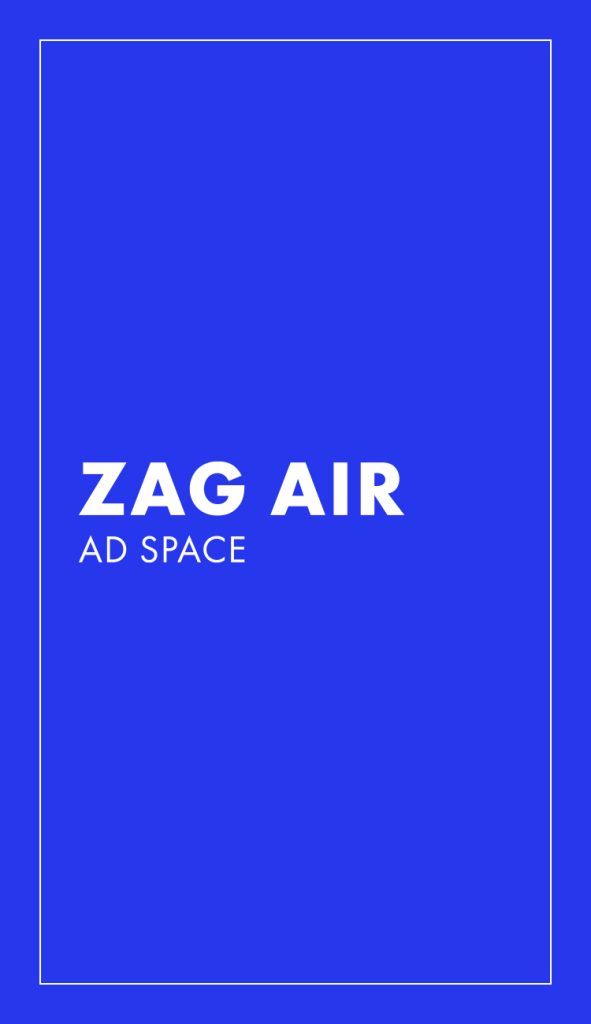The Advanced Air Mobility (AAM) Institute is an international nonprofit research centre that educates the public on AAM technologies.
This summer, the Institute appointed Patricia Nagata Hamza to its Board of Directors as Vice President of Business Intelligence.
With 25 years of experience in the aerospace industry, we ask Patricia how Advanced Air Mobility can earn the public’s trust.
Zag Daily: What does the AAM Institute do?
Patricia: “The AAM Institute builds public understanding of Advanced Air Mobility (AAM). As AAM progresses, many unknowns arise with regards to the safety of these technologies and how they impact people’s lives. The Institute aims to accelerate access to AAM information and help people feel comfortable when they think about using these aircrafts. We see ourselves as the bridge between OEMs and their products, by translating their new aviation concepts into something the public can understand and accept. AAM is not a conventional mode of transportation and the Institute wants to ensure that when these products are ready for use, the public is ready to receive them too. We seek to accelerate access to these new technologies in an ethical and responsible way. ”
Zag Daily: Is public acceptance the biggest challenge for AAM?
Patricia: “I think there are at least three main obstacles for AAM. The first is for sure public acceptance, which is connected to safety perception. People who want to use AAM need to rely and truly trust the safety of these new technologies. The second challenge is the regulatory framework. Aviation is a highly regulated industry, and organisations like the Federal Aviation Administration (FAA) and European Union Aviation Safety Agency (EASA) are still in the process of figuring out how to regulate AAM safely. Thirdly, having the necessary infrastructure is a challenge. Infrastructure like vertiports and charging points must be developed and integrated within existing urban environments, which requires significant planning, investment, and collaboration with local governments to ensure that AAM can be efficiently and safely implemented.”
Zag Daily: How can the AAM industry earn the public’s trust?
Patricia: “Building public trust starts with proving the safety and reliability of the technology. The priority is ensuring that AAM technology meets certification and safety requirements set by aviation authorities. We constantly ask ourselves how can we demonstrate the industry’s maturity to the public? Although OEMs are still in the experimental phase, I think many are doing a very good job by showcasing the use cases that the public can resonate with. At the same time, these players are building trust and credibility in the community. It will take time for the public to understand the benefits of their products and rely on these new technologies. A huge step forward will be certification, as it signals that the technology has met rigorous safety standards, giving both regulators and the public confidence in the industry.”
Zag Daily: So does public acceptance come from company credibility?
Patricia: “Yes, credibility is a very important asset if OEMs want people to start using their product. When it comes to something as critical as aviation, and especially new technologies, people need to be confident that the vehicle is safe and reliable before they consider using it. And credibility is built through consistent quality, safety performance, and transparency. The more these vehicles are tested, flown, and ultimately certified, the more they will build public trust and acceptance.”
Zag Daily: Will it be difficult getting the first users of AAM once the aircrafts are certified?
Patricia: “I don’t think it will be that hard. But the industry will need to navigate several aspects if they want to scale the number of users. For example, cost and affordability. At the start, it will be like Uber Black where few people were able to use it because it wasn’t affordable for all. As more people use the vehicles, the operational costs will be reduced making it more accessible to a wider market. New technology usually takes time to mature. Affordability, safety perception, and customer education will be key factors in scaling. The industry needs to scale gradually and sustainably, ensuring it can handle larger demand without compromising financial stability or safety.”
Zag Daily: Who will these first users be?
Patricia: “The first users will be the ones that enjoy exploring cutting-edge technologies and want to be the first to try them – tech enthusiasts much like those who were early users of electric cars or drones. And there will be business executives and professionals who value time efficiency and convenience for quick urban commutes, especially in cities with heavy traffic. There might be some tourists as well, people who are drawn to unique experiences.”
Zag Daily: The AAM Institute recently found that public safety was ranked the most beneficial application of AAM. What purpose do you think AAM will begin by serving?
Patricia: “I envision the first use case to be transporting cargo, delivery of small packages, infrastructure inspections, emergency situations and humanitarian aid such as organ transport or rescue operations. This will then help build public acceptance to expand to other use cases of these aircrafts like air taxis. Transporting cargo means the aircraft is connected to an important purpose, and it’s a good start to make the public aware of how these technologies can serve the community and how impactful and feasible they are.”
Zag Daily: Which OEM do you think will be certified first?
Patricia: “That’s a tough question. In fact, the first to be certified was Ehang under the Chinese regulations which are a different world. Besides that, I think some key players in the market today are Joby and Archer, but it’s hard to say which player will be certified first. Startups are moving quickly on their journey, but they’re also struggling because the industry doesn’t have this experience of getting these aircrafts certified yet. I believe lots of players will get certified at the same time – likely to be at the end of the 2020s. The first OEM to be certified could be from the US, Europe or even from Brazil, UAE or Asia. But it’s very hard to predict.”
Zag Daily: Who is one woman that inspires you and why?
Patricia: “My colleague from the AAM Institute Alison Wyrick. She’s the Global Senior Director of R&D Innovation at Honeywell and she is doing a great job on getting the public on board with the AAM ecosystem. I’m very glad to work with her.”




